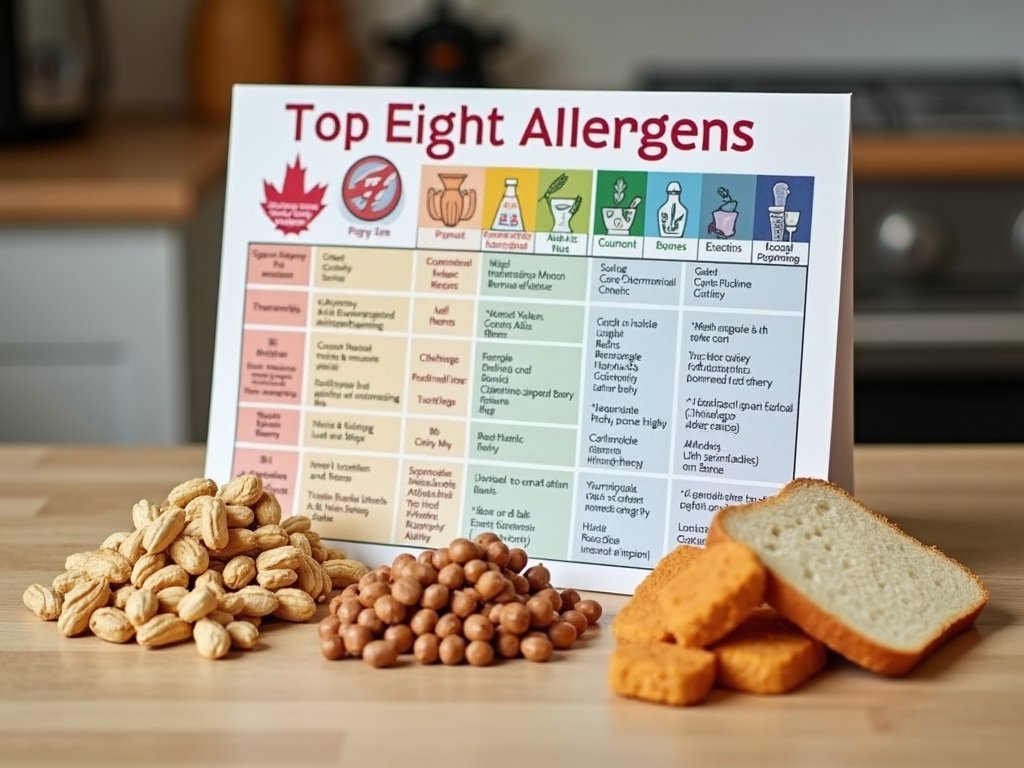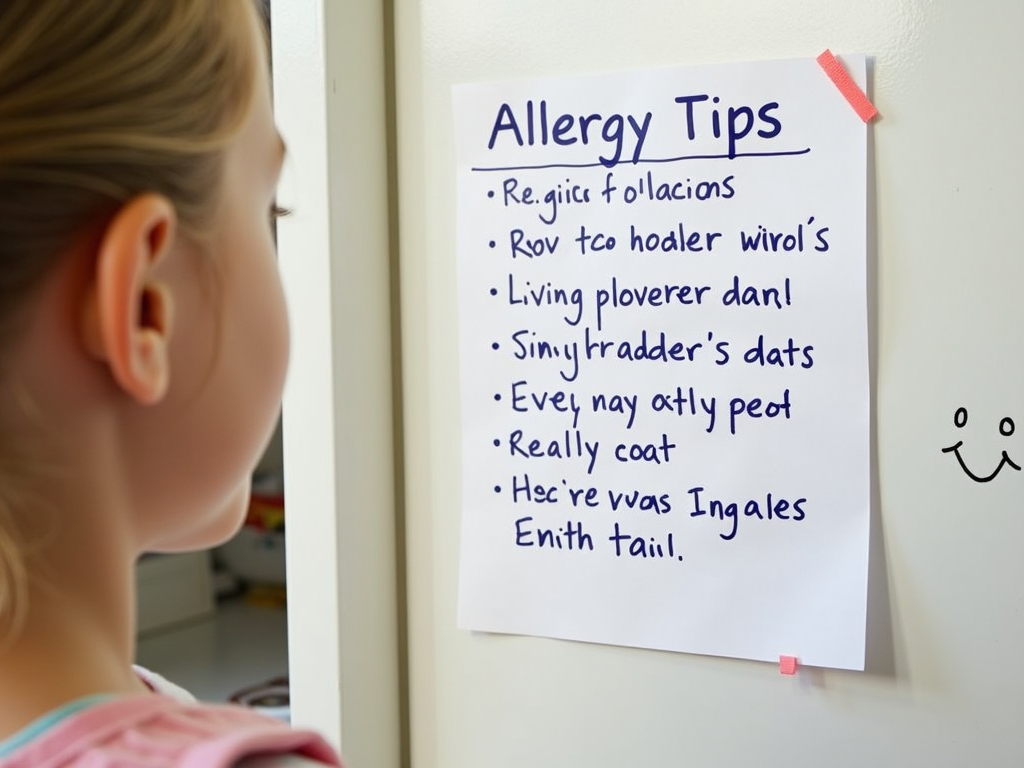Understanding food allergen labeling laws is vital for anyone navigating food allergies, especially those living with chronic conditions like FPIES. These regulations ensure allergens are clearly marked on food packaging, helping people avoid harmful reactions. This article dives into the laws, shares personal stories, and offers actionable advice.

What Are Food Allergen Labeling Laws?
Food allergen labeling laws require companies to list major allergens on their products. In the U.S., the FDA enforces this for eight common allergens: milk, eggs, fish, shellfish, tree nuts, peanuts, wheat, and soybeans. These rules protect consumers by making it easier to spot risky ingredients.
For people with chronic food allergies, these laws are a game-changer. Take FPIES (Food Protein-Induced Enterocolitis Syndrome), for example—it’s a condition that triggers severe digestive issues. Clear labels help those with FPIES avoid foods that could send them to the hospital.

A Personal Take on Labeling Laws
I’ll never forget the day my cousin’s son had an FPIES reaction. He was just a toddler, and a snack mix we thought was safe turned out to have hidden soy. The label didn’t warn us, and he ended up vomiting for hours. That scare made me realize how much we rely on these laws.
Since then, I’ve seen how proper labeling can prevent chaos. It’s not just about rules—it’s about giving families peace of mind and a fighting chance to keep their loved ones safe.
The Big Eight Allergens
Here’s a quick rundown of the allergens covered by U.S. law:
| Allergen | Common Foods |
|---|---|
| Milk | Cheese, Yogurt, Butter |
| Eggs | Cakes, Mayonnaise |
| Fish | Tuna, Salmon |
| Shellfish | Shrimp, Crab |
| Tree Nuts | Almonds, Walnuts |
| Peanuts | Peanut Butter, Snacks |
| Wheat | Bread, Pasta |
| Soybeans | Tofu, Soy Sauce |
These show up on labels so you can steer clear if needed.

Why Labeling Matters for Chronic Food Allergies
Living with chronic food allergies like FPIES means every bite counts. Unlike typical allergies with instant hives, FPIES reactions can hit hours later, making avoidance the only defense. Accurate labels are the shield between a normal day and a medical emergency.
These laws also push companies to be upfront about what’s in their food. That transparency builds trust and helps everyone, whether you’re dodging peanuts or managing a rare condition like Chronic FPIES.

How to Read Labels Like a Pro
Reading labels doesn’t have to be a chore. Here’s how to do it right:
- Spot the 'Contains' Line: It lists allergens straight up.
- Watch for 'May Contain': This flags cross-contamination risks.
- Dig Into Ingredients: Look for sneaky names like 'whey' for milk.
- Double-Check Always: Recipes change, so don’t assume it’s the same as last time.
These steps are second nature now for my family. They’ve kept my cousin’s kid out of trouble more times than I can count.

Tips for Living with Chronic Food Allergies
Managing a chronic food allergy takes effort, but these tips can help:
- Know Your Triggers: Study what sets off your allergy.
- Speak Up: Tell friends and restaurants what you need.
- Be Prepared: Carry safe snacks when you’re out.
- Stay Informed: Keep up with labeling updates.
Understanding food allergen labeling laws ties into all of this. It’s the foundation for staying safe and stress-free.

Wrapping It Up
Food allergen labeling laws are more than just fine print—they’re a lifeline for those with chronic food allergies like FPIES. They help you shop smarter, avoid risks, and live better. Take the time to learn them, and you’ll feel more in control every day.
Discuss Here